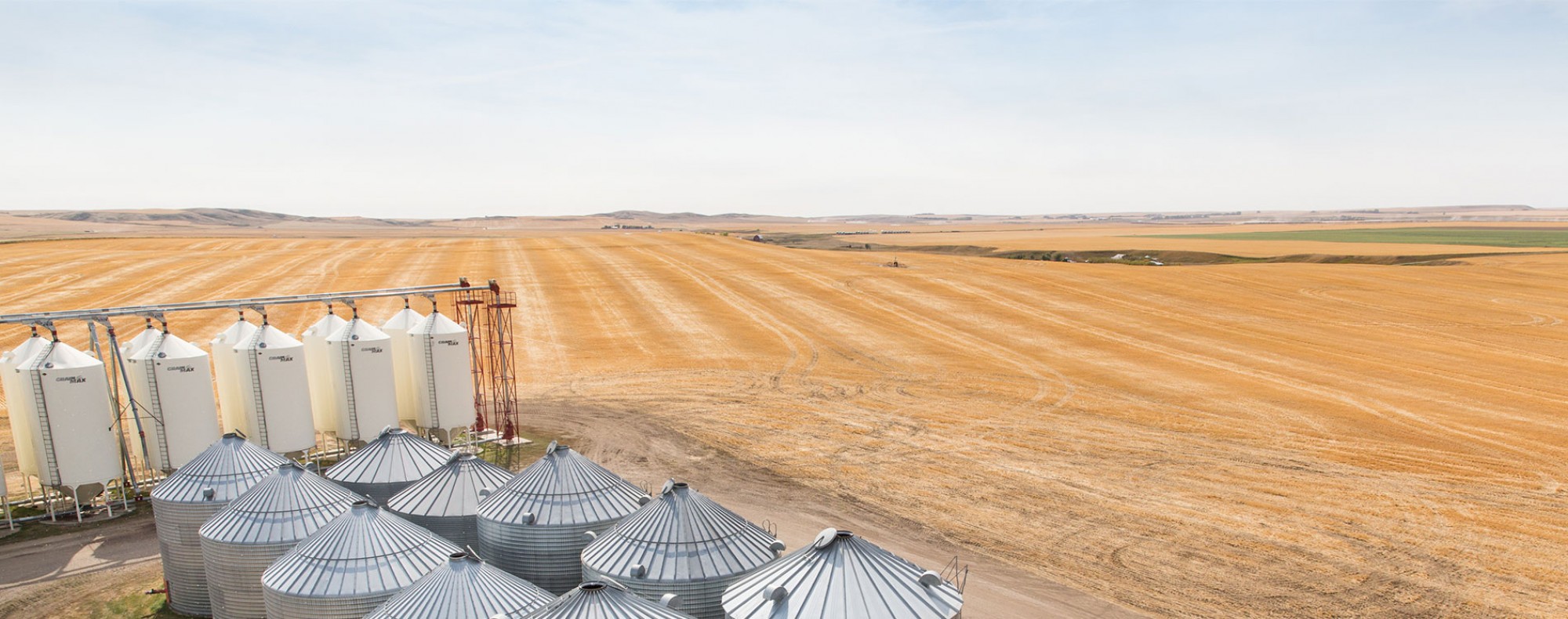Genomic Strategies to Improve Field Survival of Winter Cereals and Stabilized Yield
AWC contribution: $40,000
Star date: April 01 2014
End date: March 31, 2019
Summary:
Production of winter wheat on the Canadian Prairies is perceived risky as current cultivars have insufficient low temperature tolerance to guarantee consistent winter survival. Breeding for higher cold hardiness in winter wheat has become very difficult, likely due to complex interactions between cold hardiness genes and/or exhausted genetic variation in current germplasm. The most cold hardy winter wheat cultivar available today is Norstar, which was developed in 1977 at Agriculture and Agri-Food Canada, Lethbridge. To enable a breakthrough in cold hardiness improvement, new approaches to improve the freezing test methods, identification and assembly of new genes conferring low temperature tolerance and desired developmental trait, combined with rigorous field tests of new germplasm will be used in this research project. This research proposes to accelerate the development of ‘Resilient Winter Wheat’ cultivars and other cereals.
Benefit to producers:
Compared to spring wheat, winter wheat matures early allowing it to escape from most Fusarium attacks or frosts that may occur late in the summer. Compared to spring wheat winter wheat demands a relatively low use of herbicides and fungicides and the yields are up to 32% higher than spring wheat. An increase in global temperature will encourage the cultivation of winter wheat to Northern latitudes. However, the thinning of snow cover, increased frequency of freeze-thaw cycles during the winter, untimely frost and freezing temperatures in early spring can affect the grain yield and discourage producers from adopting winter cereals. Successful completion of this project will develop ‘Resilient Winter Wheat’ that can withstand unfavorable conditions and use the climate change for the benefit of Canadian agriculture.
Bio:
Ravindra Chibbar is a Professor & Canada Research Chair in Crop Quality at the University of Saskatchewan, Saskatoon, Canada. He obtained his Ph.D. degrees from the Western University, London, Ontario, Canada and Panjab University, Chandigarh, India. His research employs molecular biological and genomics strategies to improve grain/seed quality and agronomic performance in cereal crops and grain legumes. In grain quality his focus is to improve carbohydrates in grains to diversify their utilization in food, feed and industrial applications. In crop performance he works to improve abiotic stress tolerance to develop ‘climate change resilient crops’ to increase crop productivity under adverse environmental conditions. He has co-edited three books, co-invented three cereal biotechnology patents and 128 refereed research papers. He is elected fellow of the AACC International, St Paul, MN, USA and ICC, Vienna, Austria.
Project Completion Report
Winter wheat has the potential to produce 20-30% higher yields than spring wheat as the winter crop can more efficiently utilize spring moisture, out-compete weeds and due to early maturation, circumvent the peak of Fusarium Head blight infections. However, due to insufficient winter hardiness in current cultivars, Prairie producers’ are hesitant to cultivate winter crops due to harsh prairie winters. The research objective was to elucidate the genetic mechanisms underlying winter hardiness and improve the winter field survival of fall seeded winter wheat. The practical aim was to develop germplasm with a few degrees lower LT50 value than Norstar (released 1977) and a winter field survival equal to the hardy winter rye cultivars.
Acquisition of frost tolerance in fall-seeded winter cereals and their field survival during winter is a complex interaction between the Fr-A2 locus on chromosome 5A (CBF gene cluster) and developmental genes located at various locations on the genome. These interactions determine the start temperature of cold acclimation, cold acclimation rate and the length of the cold acclimation phase. Genetic mapping was used to characterize chromosomal regions associated with (i) increased low temperature tolerance; (ii) developmental traits and (iii) identifying recombinant inbred lines (RIL) combining these regions. Every year, since 2014 field trials were conducted to assess winter field survival at the University of Saskatchewan, Kernen Research Farm, AAFC Lethbridge and Vauxhaul, Alberta. Most of the informative data has been obtained from the Saskatoon trials, where good segregation for winter survival was obtained for the RIL population and rye genotypes in three out of five years of trials. The 2016/17 trial resulted in a good segregation for winter survival in the RIL population and 22 RILs with high winter survival. These scores were similar or higher than the best scores for the wheat control lines Norstar and a close relative, W304 (survival scores of 33.9% and 22.8%, respectively), but lower than the best rye lines (100 %). Whole plant freeze tests optimized in this project also identified 26 RILs with LT50 lower than Norstar, which suggests that these RILS have improved low temperature tolerance than Norstar. A few of the promising RILs were also tested in replicated small plots during 2016/17 and three RILs in the plot tests confirmed to have winter survival at par with Norstar (58.3 %) or higher (75.8 %). The grain yield from two of these winter-hardy RILs were also similar to Norstar. Preliminary observations indicate good survival to yield meaningful results. It is important to note that all field trials conducted in this project are done on tilled soil, which provides a much harsher winter condition than fields with stubble that are normally used for winter wheat production on the Prairies.
In conclusion, the main research objective to develop and characterize winter wheat lines that exceed the low temperature tolerance of the most cold-hardy winter wheat cultivar Norstar was achieved. The characterized RILs are currently being used by the AAFC winter wheat breeding program to introduce the cold hardy genes into elite cultivars to increase their cold hardiness. Winter wheat cultivars with improved cold-hardiness and winter field survival will encourage prairie farmers to adopt the most environmentally friendly winter wheat cultivars that more efficiently use spring moisture, reduce input costs and increased wheat yields.
